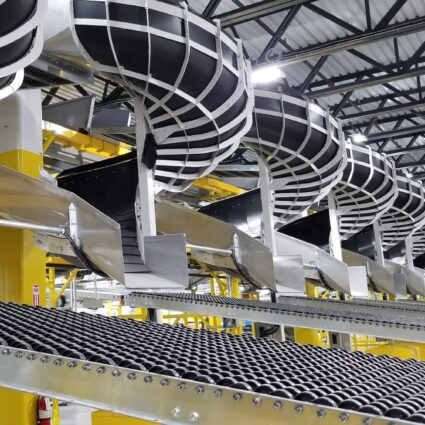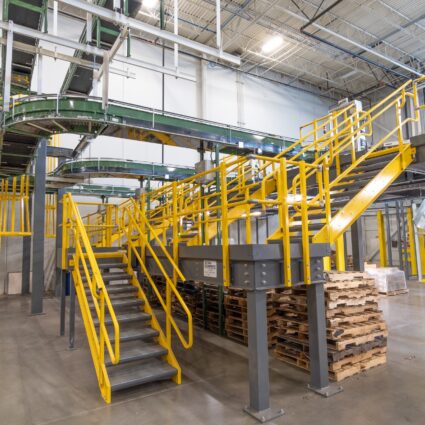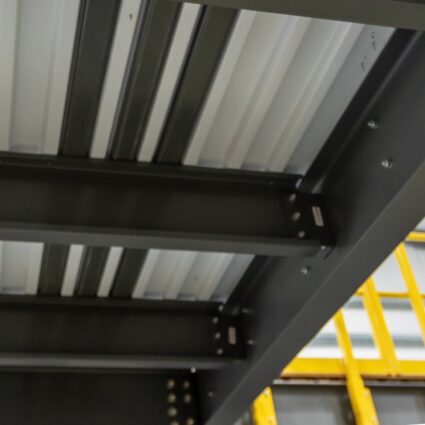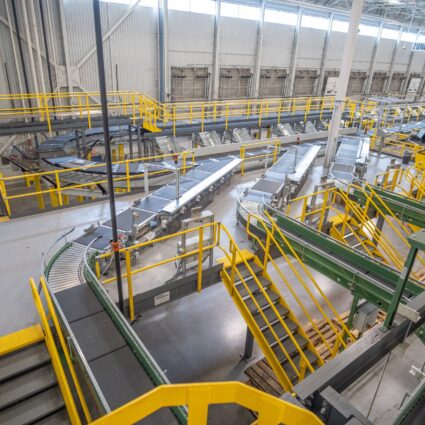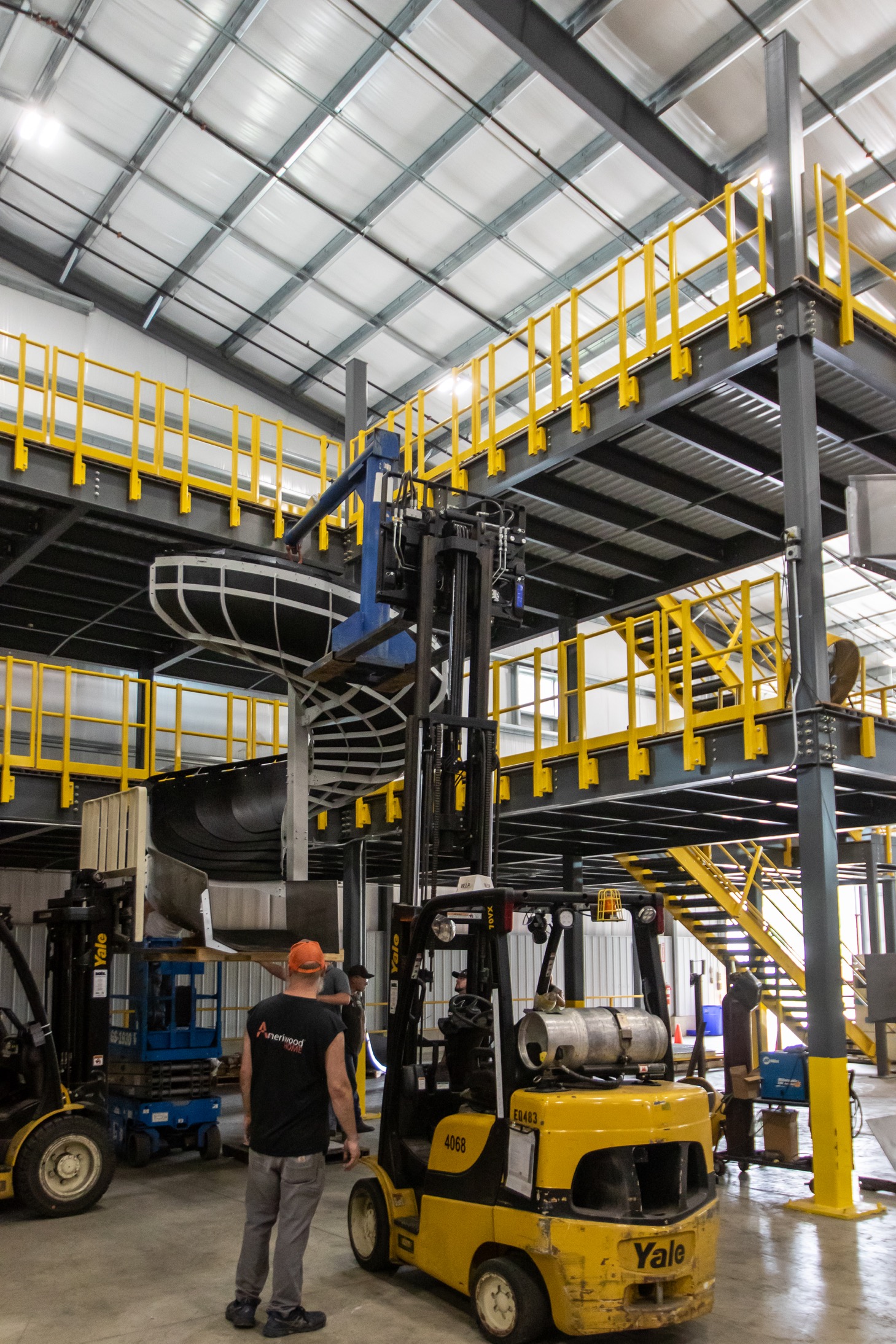
Safety on Equipment Platforms
by Kevin O’Neill
Safety in the workplace is crucial for the employees and staff at Steele Solutions and for the occupants and workers who use the equipment platforms SSI designs. The #1 hazard for lost-time injuries and workplace deaths, as indicated by OSHA, is fall protection. Most of these injuries occur during construction where workers are in precarious situations with exposed, unprotected areas and working on unstable structures. However, over the structure’s lifetime, the number of workers/operators on a finished platform will far exceed the number of workers during construction.
SSI works closely with integrators and end-users to ensure designs for platform guards, ladders, stairs, and gates are code compliant and meet customer specifications. The use of the platform is the most significant factor in how intricate and robust the fall protection systems will need to be. A maintenance platform that is infrequently accessed will have very different requirements than an operator platform with 100 workstations. SSI’s standard 2-rail and 3-rail guard construction meet all IBC and OSHA code requirements for fall protection, but if occupancy exceeds 50 people, it may require a non-standard, custom design that limits the openings in the rail. Work with your SSI sales representative and design consultant to determine the best system to use for your structure.
Accessing the platform with operators or materials can be done by many means: ladders, stairs, ships ladders, and gates are used to move people and materials of the platforms. Stairs are the safest to access the platforms but take up the most space and are costliest. Ships ladders and ladders minimize space but present the most risk to an occupant using them. Typically ladders and ships ladders are accompanied by a spring-loaded gate to prevent an operator on the platform from falling through an opening in the guard system. However, opening spring-loaded gates while on a ladder rung or tread may be as dangerous as climbing up or down the ladder, and space should be considered to step onto the platform before using the gate.
An opening in guard systems is needed for transferring materials on and off the platform; typically, a gate is used. Gates can be sliding, swinging, removable, and a combination. There is an industry shift to pallet safety gates or pivot gates to ensure the safety of the operators and have no exposed edges of the platform. These gates take up the most space compared to a swing or sliding gate but should be considered if frequent loading and unloading of platforms are required.
Safe designs are achieved by sound engineering and detailing practices but by good systems planning for operators to have space to move freely and frequent signage to remind occupants of potential risks. SSI takes pride in providing a safe environment for the use of equipment and platforms to prevent any possible loss in your day-to-day activities.

